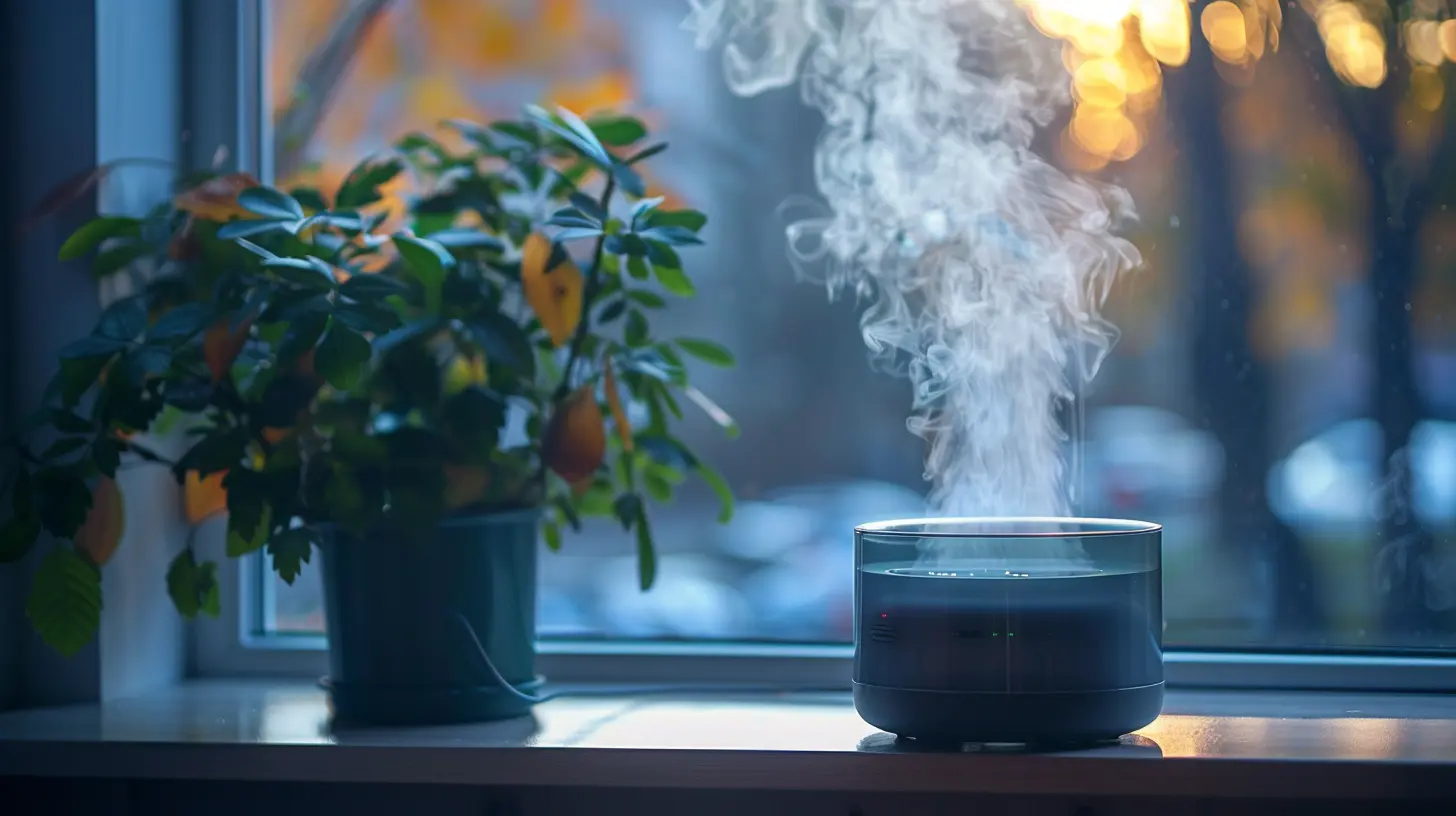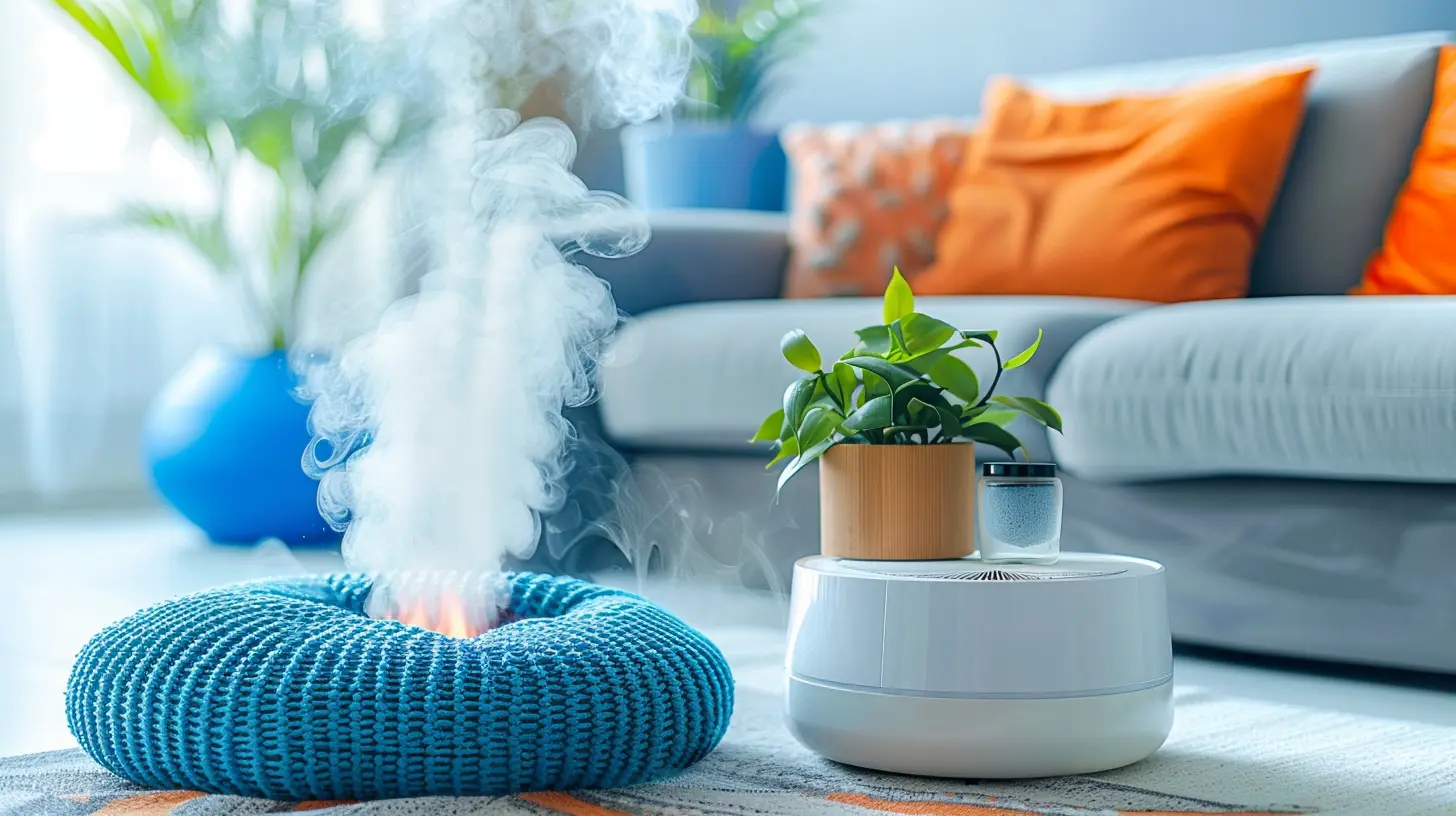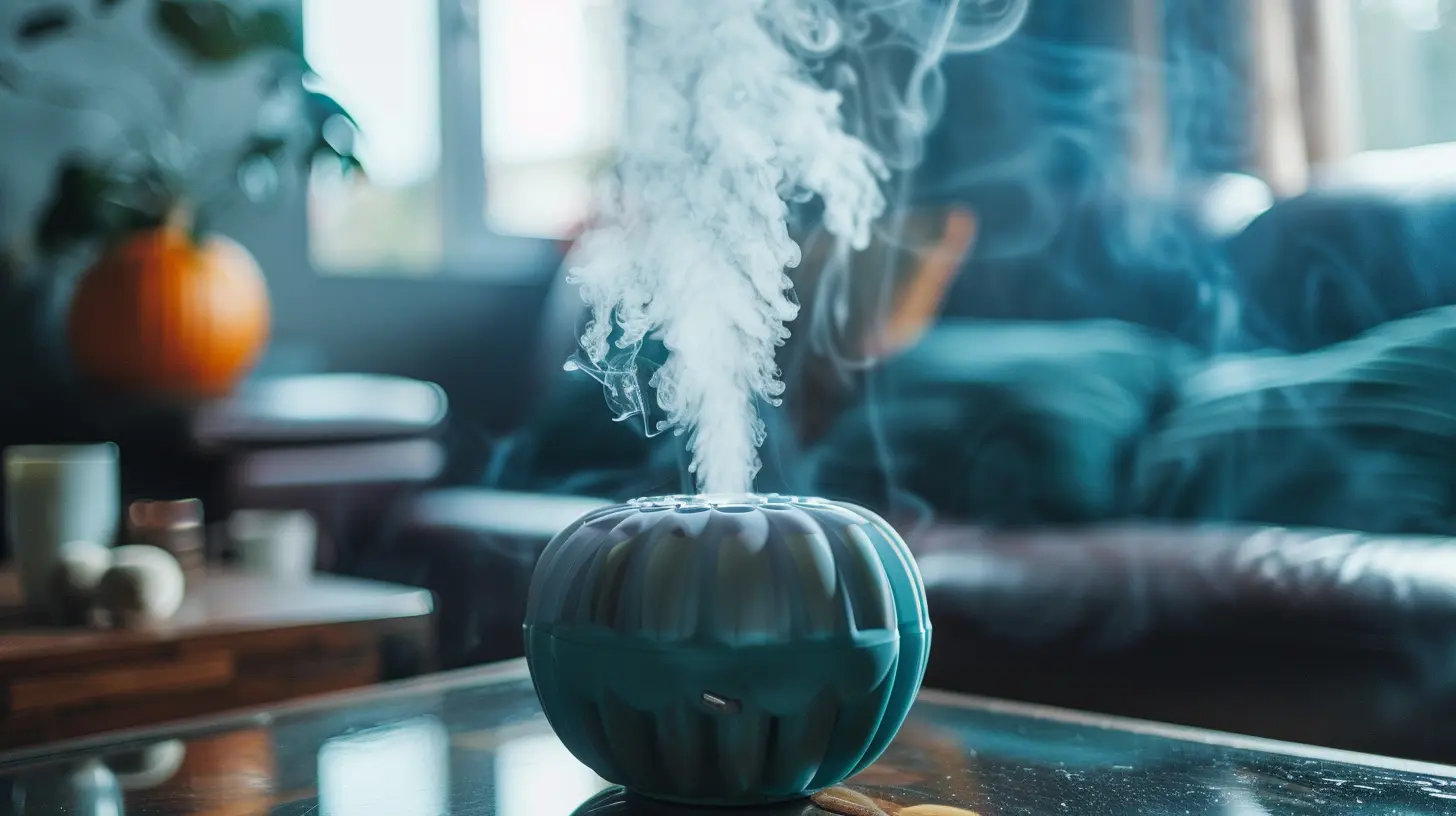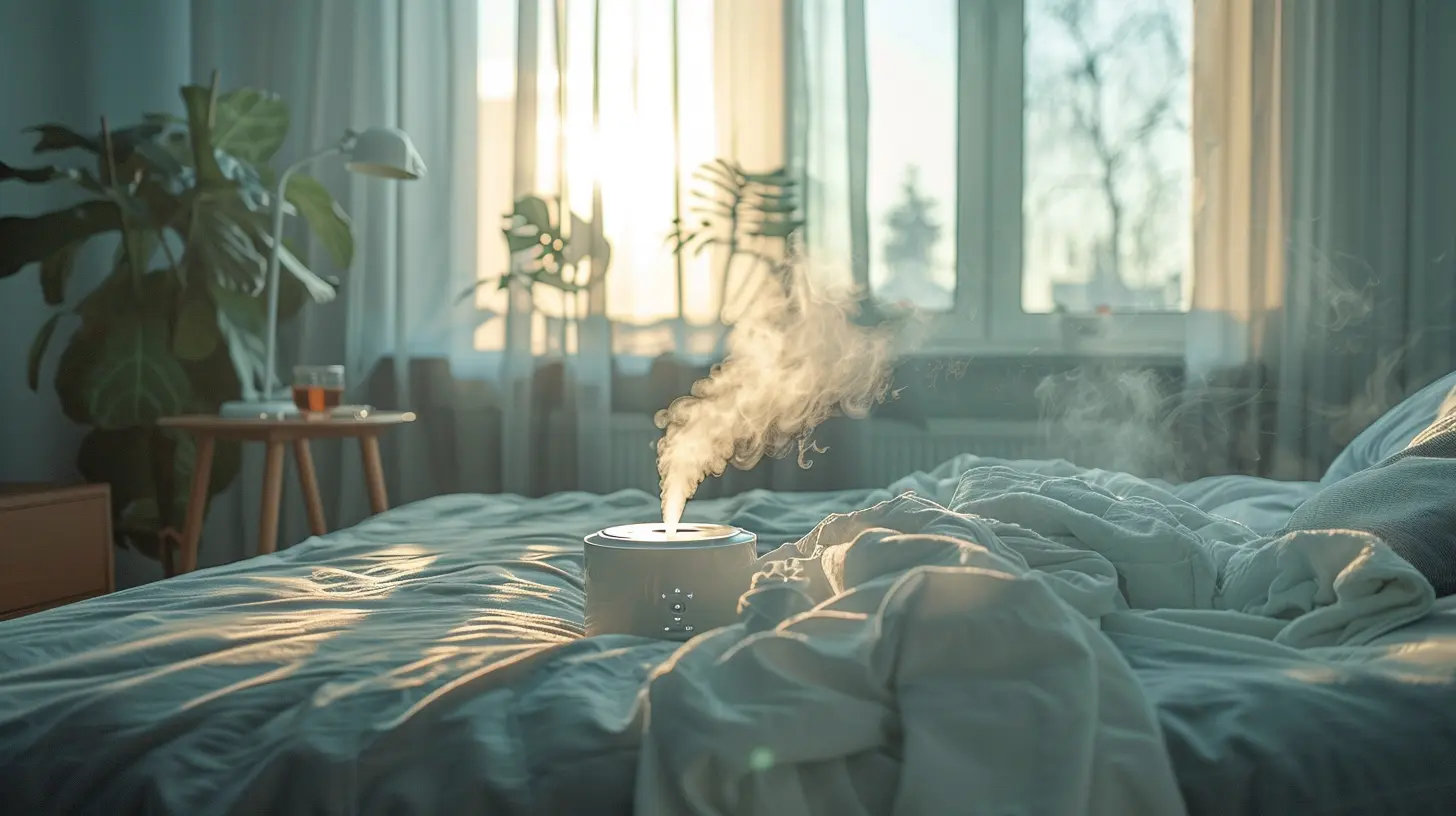The Benefits of Humidifiers During Cold and Flu Season
5 July 2025
Let’s face it—cold and flu season is the absolute worst. From that first tickle in your throat to the non-stop sneezing and coughing, it can feel like you’re living inside a tissue box. But what if there was a simple, affordable way to make the entire season just a bit more bearable? Enter the humble humidifier.
Most people think of humidifiers as something you pull out only when your nose gets a little dry. But the truth? These little machines are health heroes. They can help soothe your sinuses, protect your skin, and even reduce how long you feel miserable when you catch a cold. So grab a cup of tea, snuggle up, and let’s dive into why a humidifier might just be the MVP of your winter routine.
What Is a Humidifier, Anyway?
Let’s break it down first. A humidifier is a device that adds moisture to the air. That’s it. Doesn’t sound too fancy, right? But in a world of blasting heaters and bone-dry air, especially during the winter months, that added moisture can work wonders.There are several types of humidifiers—cool mist, warm mist, ultrasonic, and evaporative, just to name a few. But no matter the type, the goal is the same: they help increase humidity in indoor spaces and bring back a bit of balance into your breathing atmosphere.
Why Dry Air Is a Problem During Cold and Flu Season
Ever wonder why everyone seems to get sick during the colder months? A big part of the reason lies in the air itself.When outdoor temperatures dip, we crank up the heat inside—and that hot air is usually bone dry. This dry air isn't just uncomfortable. It’s a germ’s best friend.
Think about it:
- Dry air dries out your nasal passages, making them less effective at trapping viruses and bacteria.
- It irritates your throat and makes every cough feel like sandpaper.
- It dehydrates your skin, leading to cracks and openings where bacteria can sneak in.
So basically, dry air turns your body’s natural defenses into sitting ducks. Not ideal when viruses like the flu are floating around, right?
How a Humidifier Can Help You Survive Cold and Flu Season
So now we know the problem. But what can you actually do about it? Here's where humidifiers come into play in a big way.Let’s break down why having a humidifier during cold and flu season is a total game-changer:
1. Helps You Breathe Easier
You know that tight, stuffy feeling in your nose when you're sick? That’s caused by inflamed nasal tissues. Dry air only makes it worse.Adding moisture into the air helps loosen up nasal congestion, making it easier to breathe. It can also soothe inflamed tissues in your throat and lungs, which is a blessing when you’re hacking up a storm or trying to fall asleep.
Imagine your airways like a dried-out sponge. Trying to breathe through them just doesn’t work. A humidifier brings the moisture back, letting everything expand and work the way it should.
2. Reduces the Lifespan of Airborne Viruses
Here’s something super cool: some studies have shown that humidity can actually reduce how long cold and flu viruses stay active in the air.Viruses thrive in dry environments. That means when your indoor humidity is low, those viruses can float around for hours, just waiting to get inhaled. But raise the humidity to around 40%–60%, and suddenly those germs aren’t as strong. It’s like turning off the power to their Wi-Fi connection.
So, yes—running a humidifier could actually reduce your chances of getting sick in the first place.
3. Soothes Dry Skin and Prevents Cracking
Ever notice how your hands become lizard-like in winter? Or your lips feel like they might peel off any second? Welcome to life in low-humidity environments.A humidifier keeps that from happening. It adds moisture to the air, which in turn helps your skin hold onto its natural moisture. This is especially important for people with eczema or sensitive skin—dry air can be brutal.
Oh, and bonus: properly moisturized skin is your body’s first barrier against infection. So you’re not just looking better—you’re staying healthier too.
4. Fights Off Those Wicked Winter Nosebleeds
If you’re one of those folks who get random nosebleeds in the winter, you know how annoying (and alarming) it can be. Dry nasal membranes are often to blame. When they crack, even just a sneeze can turn into a scene from a horror movie.A humidifier keeps your nasal tissues moist and resilient, making spontaneous nosebleeds much less likely. That's a winter win in our book.
5. Supports a Good Night’s Sleep
Sick or not, dry air makes it harder to sleep well. Your throat gets scratchy, your nose feels plugged, and you end up tossing and turning all night. A humidifier helps by keeping your airways moist and relaxed.Some people even say they snore less when using a humidifier. That’s a win for you—and anyone sharing a bed with you.
6. Helps with Faster Recovery
Let’s say you’ve already caught the flu (ugh, sorry). A humidifier can still help speed things up.Moist air calms inflammation, reduces coughing, and keeps mucus thin—making it easier to clear your system. That means your body can focus its energy on healing instead of just surviving the symptoms.
Think of it like giving your immune system a spa day. It still has work to do, but now it's doing it in a much more supportive environment.
7. Improves Overall Comfort in Your Home
Humidifiers aren’t just great for your health—they’re great for your home too. Moist air feels warmer, so you might find you don’t need to keep the thermostat as high. That can save you money on your heating bill.And if you have wooden furniture, instruments, or floors, they'll also benefit from stable humidity levels and be less likely to crack or warp. So yes, your humidifier is doing double duty as a home hero.
Best Practices for Using a Humidifier Safely
Now, don’t go placing a humidifier in every corner without knowing a few tricks to get the most out of it. Here’s how to make sure your humidifier helps and doesn’t hurt:1. Keep It Clean – Mold and bacteria love moist environments. Clean your humidifier every few days per the manufacturer's instructions.
2. Use Distilled Water – Tap water can contain minerals that promote bacteria buildup and leave white dust behind.
3. Monitor Humidity Levels – Ideal indoor humidity is between 40% to 60%. Too much humidity can cause other problems like dust mites or mold.
4. Place It Properly – Don’t put it right next to electronics or in a corner. You want that moisture to spread around.
5. Run It When You Sleep – Nighttime is when your body heals, and you need moisture the most. A bedside humidifier is a game-changer.
Who Can Benefit Most From Humidifiers?
Honestly? Pretty much everyone. But if you fall into any of these groups, a humidifier is especially beneficial:- People with allergies or asthma
- Babies and young children
- The elderly
- Anyone with chronic sinus issues
- People living in cold, dry climates
Final Thoughts: Humidifiers Aren’t Just a Winter Luxury—they're a Winter Necessity
So, are humidifiers worth the hype? Absolutely.They may not be a cure-all, but they’re one of the easiest and most effective tools you can use to keep your health on track when everyone around you is sneezing and sniffling. From easing congestion to reducing virus survival, to simply making your home more cozy and comfortable, humidifiers offer real benefits.
Think of them as your winter wingman—always there, quietly working in the background to make those cold months just a little more tolerable.
So as you prep for the inevitable cold and flu season, consider giving your home (and your body) a moisture boost. Your sinuses, skin, and immune system will thank you.
all images in this post were generated using AI tools
Category:
Cold And FluAuthor:

Holly Ellison
Discussion
rate this article
1 comments
Harrison McVey
Thank you for this informative article! Humidifiers truly make a difference during cold and flu season, providing comfort and relief. I appreciate the tips and look forward to healthier days ahead!
July 23, 2025 at 3:46 PM

Holly Ellison
Thank you for your kind words! I'm glad you found the article helpful. Wishing you a healthy season ahead!


